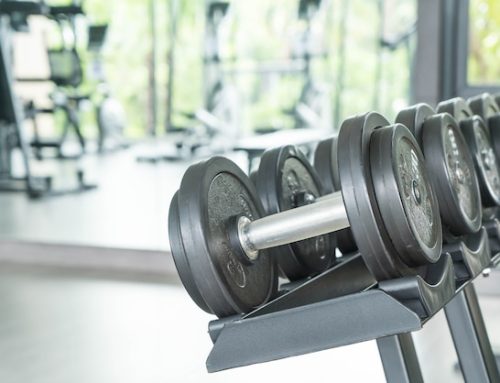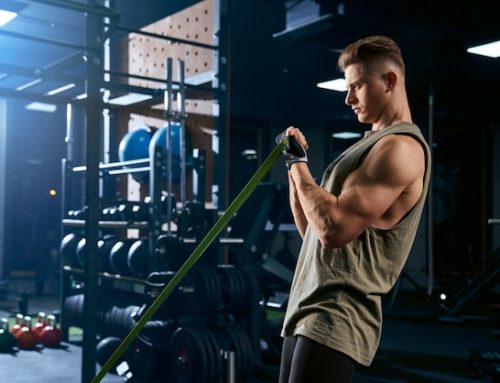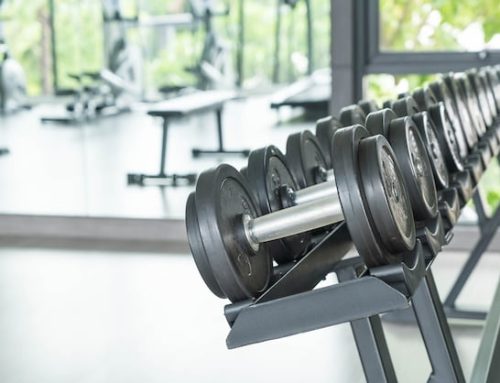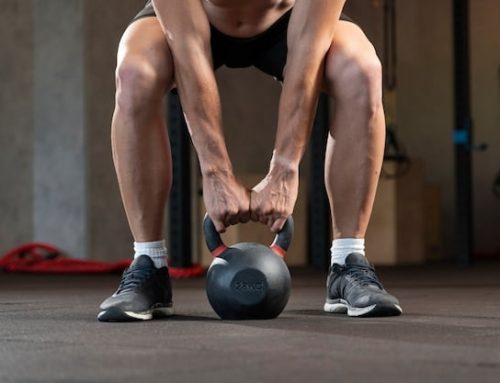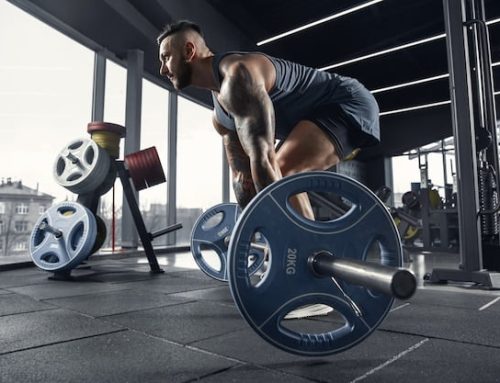The Importance of Knowing Your Body’s Strongest Parts for Lifting Weights
Weightlifting is one of the best ways to stay healthy and strong. Lifting weights has been proven to help boost metabolism, improve bone density, and enhance muscular strength. But, to get the best out of weightlifting, it is essential to understand which parts of your body are strongest for lifting.
The Role of Our Muscles in Lifting Weights
Our muscles play a crucial role in lifting weights. Every muscle in the body is responsible for a specific task, and knowing which muscles are strongest for lifting can help you achieve your fitness goals easily. To lift weights, muscles work in synergy, and the ones that are the strongest come into play to provide the necessary force to lift the weights.
The Core as the Strongest Part of the Body
The core is one of the strongest parts of the body for lifting. The core muscles are responsible for stabilizing the spine and helping you maintain a proper posture during lifting. The core muscles include the rectus abdominus, obliques, transverse abdominus, and erector spinae muscles. These muscles work in unison to generate the necessary force to lift weights, and they also help protect your back from injury.
Legs as Strongest for Deadlifts and Squats
The legs are the strongest parts of the body for deadlifts and squats. The glutes, hamstrings, and quadriceps work together to provide the necessary force to lift weights. When doing deadlifts and squats, it is essential to engage the legs to maintain proper form and avoid injury.
Back as Strongest for Pulling Movements
The back is the strongest part of the body for pulling movements, such as rows and lat pull-downs. The muscles responsible for back movements are the latissimus dorsi, trapezius, and rhomboids. These muscles work together to provide the necessary force to pull weights towards your body.
Chest as Strongest for Pushing Movements
The chest is the strongest part of the body for pushing movements, such as bench press and push-ups. The primary muscle responsible for chest movements is the pectoralis major muscle, which works in synergy with the triceps and shoulders to generate force to push weights away from your body.
Arms as Strongest for Isolation Exercises
The arms are the strongest parts of the body for isolation exercises such as bicep curls and tricep extensions. The biceps and triceps work together to generate the necessary force to lift weights during isolation exercises.
In Conclusion
In conclusion, understanding which parts of your body are the strongest for lifting weights is essential to achieve your fitness goals and prevent injuries. The core, legs, back, chest, and arms are all essential parts of the body for lifting weights, and knowing how to engage them during workouts can help you achieve results quickly.
It is essential to note that lifting weights requires proper technique and form. Therefore, proper supervision from a certified personal trainer may be necessary, especially for those new to weightlifting. Lastly, always start with lighter weights and gradually increase the weights as you progress to avoid injury.

